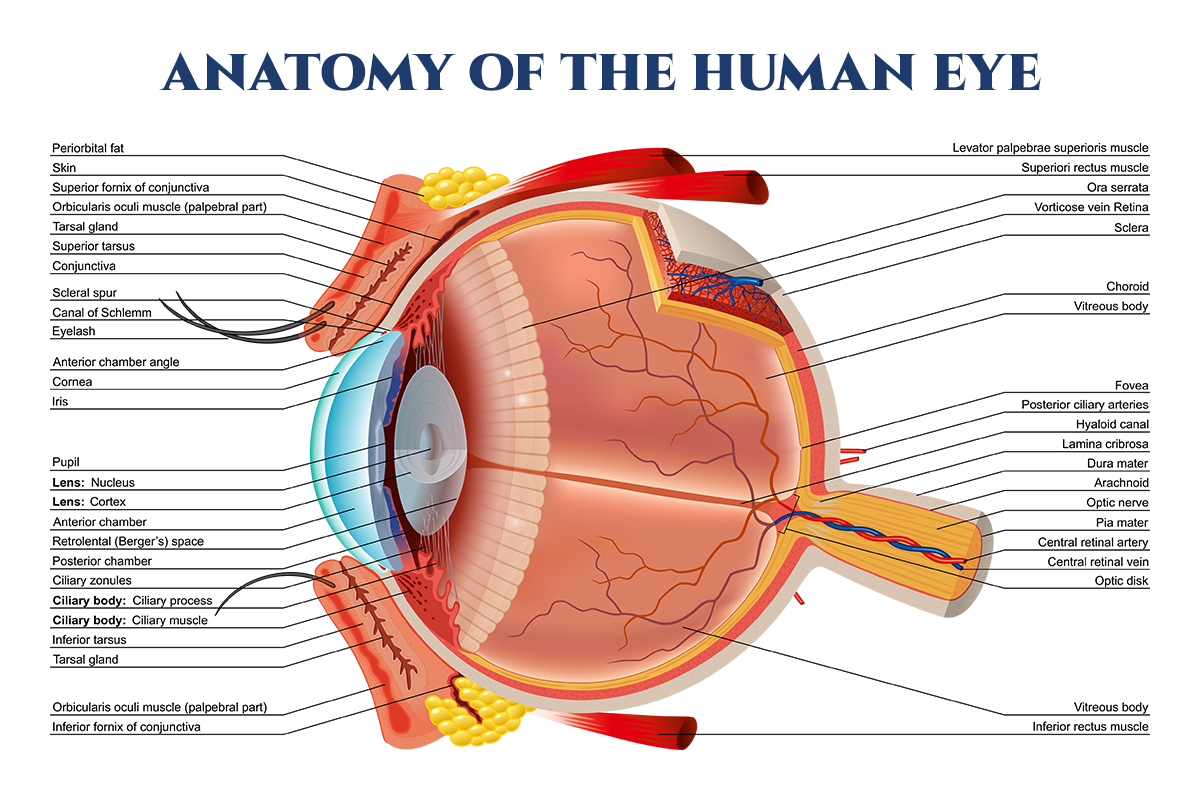
Examination, Diagnosis, & Treatment of the Retina & Vitreous
We provide screenings for eye disease and disorders, visual acuity exams, as well as surgical evaluations when necessary. At SCRI, we treat a wide range of ocular conditions such as macular degeneration, tumors of the eye, uveitis, cataracts, dry eye syndrome, diabetic retinopathy, glaucoma, and inherited retinal diseases.
South Carolina Retina Institute Offers a Full-Range of Eyecare Treatments
South Carolina Retina Institute’s Medical (and Pharmacological) therapy includes both local and systemic treatments – allowing SCRI to offer personalized care tailored to each patient’s individual needs.
For eye conditions requiring surgical intervention – we work to aid, limit, and prevent further vision damage. Our knowledgeable staff is dedicated to helping patients find the best solution for their particular ophthalmic health situation so they can get back to living their best lives.
South Carolina Retina Institute is well recognized for its expertise in overall patient retina care and we work diligently to help our patients preserve or improve their eyesight. Our skilled retina specialists and vitreoretinal surgeons are experienced in the treatment of visual conditions, eye diseases, and surgery of the vitreous and retina.
